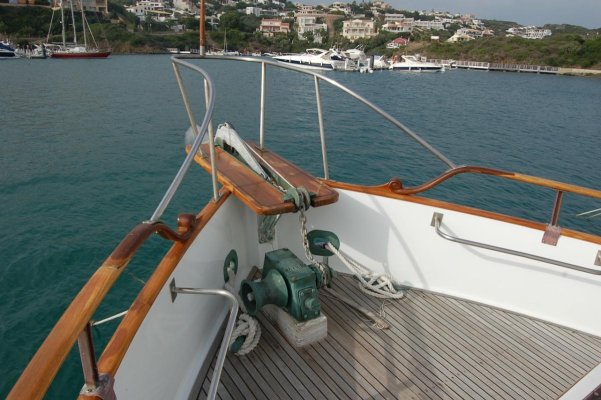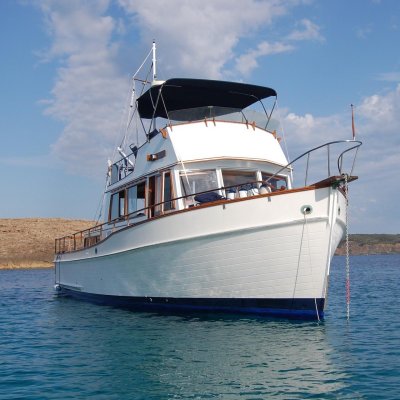T210DRVR
Senior Member
I have a 42’ GB that is presently equipped with a CQR anchor of approximately 50#. From earlier threads a gather that the CQR is not a highly favored anchor. I’ve priced the Rocna anchor and it appears to be amongst the most expensive anchors available. On a best value basis which of the other plow style anchors would you recommend? A Mantus, Delta, or some other brand?
My expected anchoring profile will be Pacific Coastal, anchoring in sand and or rocks with anchor depth up to 50’ I presently have 150’ of 3/8” chain rode with another 150’ of Nylon rode.
My expected anchoring profile will be Pacific Coastal, anchoring in sand and or rocks with anchor depth up to 50’ I presently have 150’ of 3/8” chain rode with another 150’ of Nylon rode.



